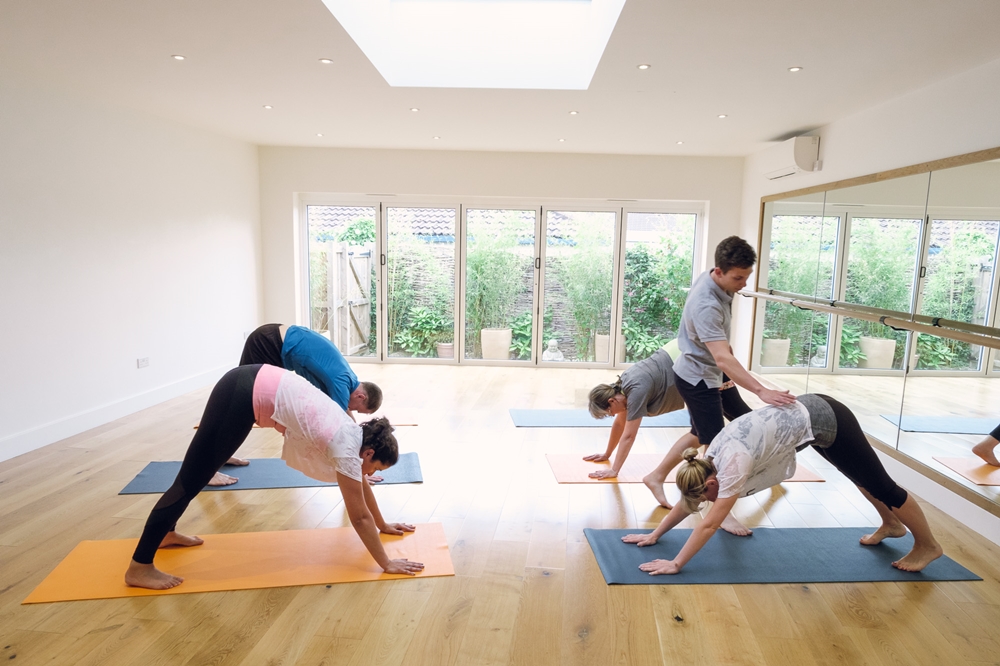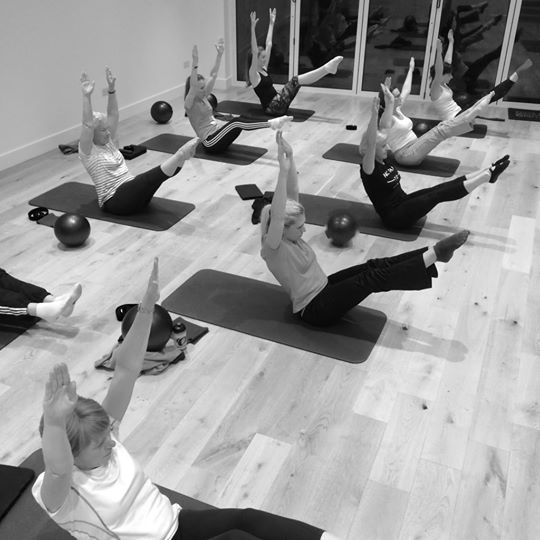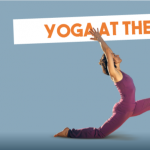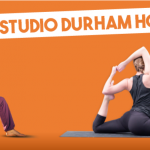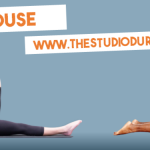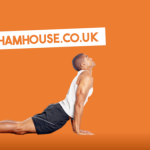When comparing yoga and acupuncture, there are quite a few similarities between the two practices. Traditional Chinese Medicine Acupuncturists) work to ensure the smooth flow of Qi within the body. Qi can be translated as ‘life force’.
In Ayuverdic medicine, yoga practitioners refer to ‘Qi’ as Prana. TCM and Yoga activate the smooth flow of Qi/Prana in a different way, but both are based on Eastern Philosophy with similar ideas. Both Yoga and TCM are used to create free flowing energy whether it is Qi or Prana.
In TCM there are energetic pathways in the body. These pathways are called Meridians. When the energetic flow within the meridians becomes blocked, the result can show up as a variety of symptoms such as pain, emotional ups and downs and fatigue. Acupuncturists strive to remove any blockages within these pathways to create free flowing Qi within the meridians and reduce and/or eliminate the symptoms thereby bringing the body back into balance.
The complementary nature of yoga and acupuncture is reflected in their common goal of releasing stagnation of energy in the meridian systems and their related organs or in the blood. While yoga provides the format to release the blockage, acupuncture and meridian theory provides a framework to understand which poses are best for a condition.
While yoga strengthens and stabilizes the flow of qi/prana, acupuncture and herbs dramatically enhance one’s healing and overall health goals. Acupuncture will also intensify and speed recovery of each yoga session, helping one to move forward in their health and mental state with clarity, focus and increased sense of well-being.
Yoga practice and Traditional Chinese Medicine (Acupuncture and herbs), concurrently have time tested treatments that date back 5,000 years. My acupuncture assessment is to derive treatment protocols that will dramatically enhance the healing process.
Warrior II focuses on the lymphatic system and the hips and knees. The emphasis on these joints are related to the gall bladder, spleen and stomach meridians. These organs help the lymphatic system by increasing digestion and immune fluid. By stimulating certain acupuncture points on the Gallbladder, spleen and stomach meridians, digestive fluids increasing thereby boosting the immune system via the gut.
Wheel and other backbends can effectively and sometimes very intensely stretch the stomach and spleen meridians. This pose can help prevent your body from acid reflux, heartburn and other stomach issues. Various combinations of spleen and stomach meridian points will discourage acid reflux while calming the mind of excessive worry. These points will also help one to maintain focus and mental clarity without the distraction of “monkey mind” chatter.
Tree pose is a standard balancing pose that can be adapted based on your skill level. It focuses on the small intestine meridian and increases abdominal circulation. Tree pose can also calm and relax the mind and nervous system, bringing more self-awareness. Points stimulated on the “Du” and small intestine meridians can anchor the QI, and open the mind to the truth of who we really are deep down.
Downward dog can always be the home base pose. It is a staple that can be used in almost every yoga practice. This pose focuses on the arms and shoulder meridians, which can improve heart and lung function. Increased function of these organs can help fight against allergies, viruses, anxiety and trouble sleeping. Downward dog can also help digestion and allow for increased blood flow. By stimulating the heart and the lung meridians, we can calm the emotions to help relieve severe anxiety and sadness while improving breathing ability thus oxygenating the brain! This pose focuses on the arms and shoulder meridians, which can improve heart and lung function. Increased function of these organs can help fight against allergies, viruses, anxiety and trouble sleeping. Downward dog can also help digestion and allows for increased blood flow.
To find out more about acupuncture and yoga at Durham House Chiropractic and Studio visit our website www.durhamhousechiropractic.co.uk or www.thestudiodurhamhouse.co.uk.


